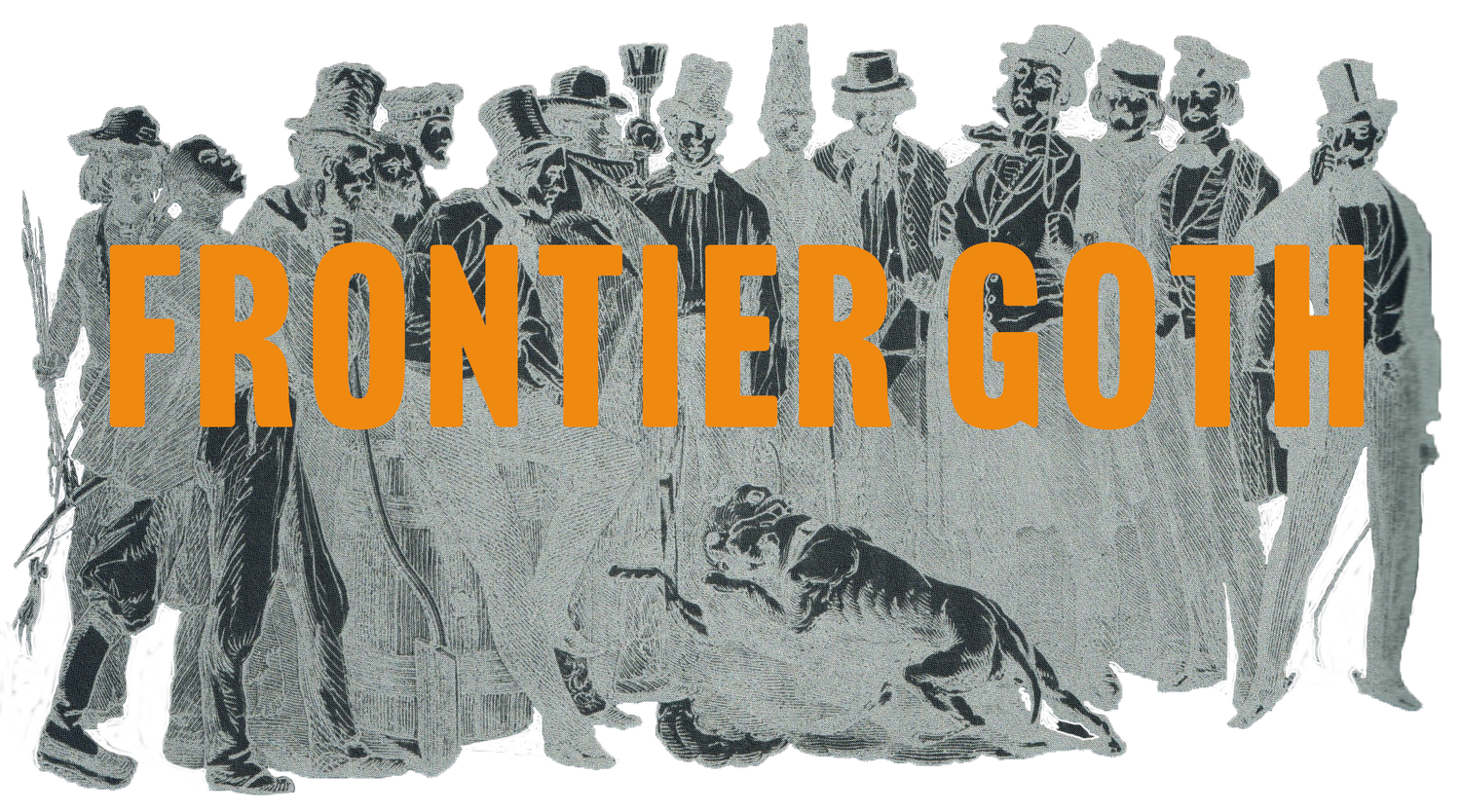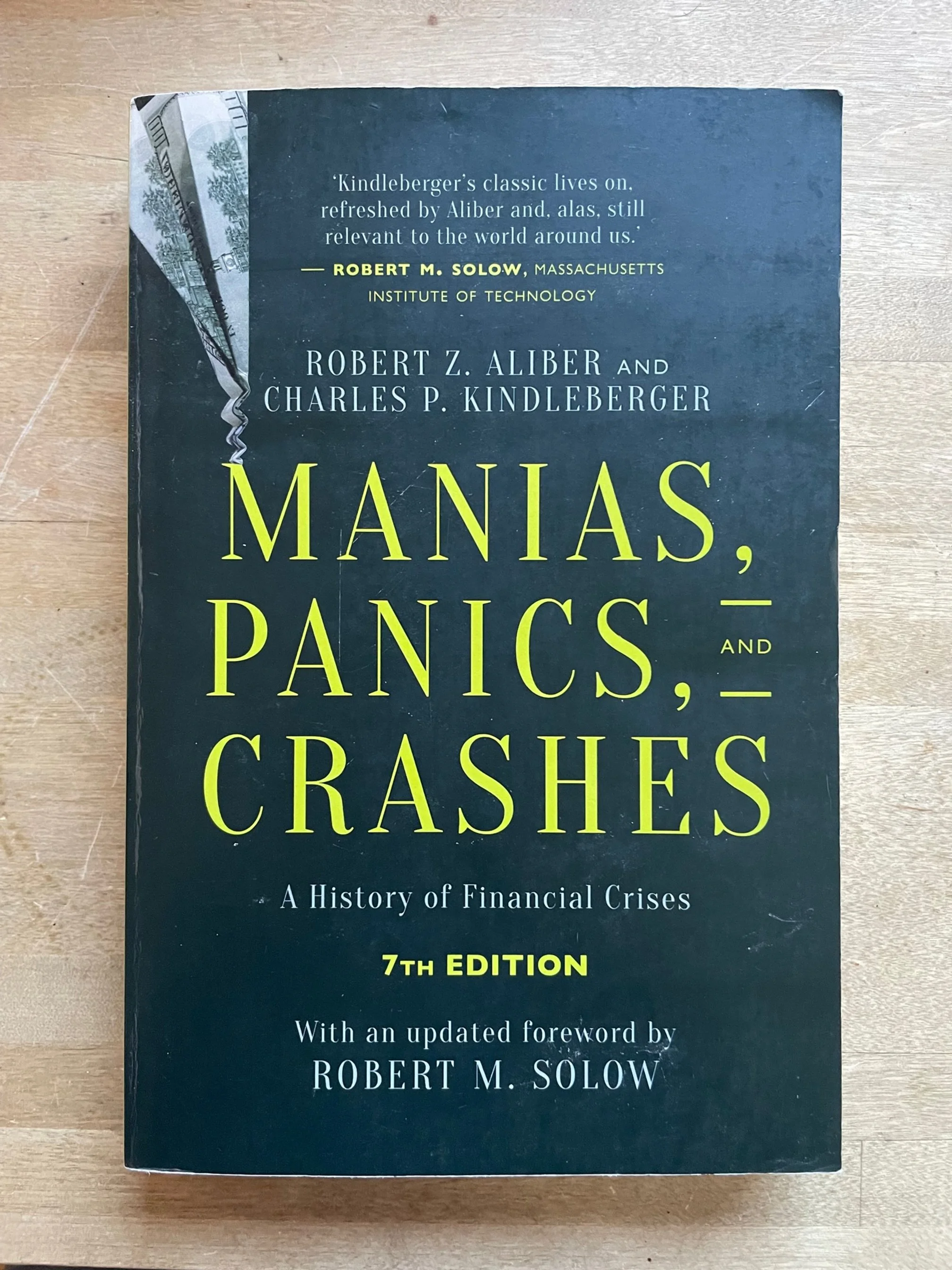Manias, Panics, and Crashes by Robert Z. Aliber and Charles P Kingleberger
“Other words used to describe the interval between the end of euphoria and the onset of what classic writers called revulsion and discredit (or crash and panic) are uneasiness, apprehension, tension, stringency, pressure, uncertainty, ominous conditions, fragility. More colorful expressions include an ugly drop in the market or a thundery atmosphere. Meteorological metaphors have been used frequently: ‘One feels again the oppressive atmosphere that precedes a storm.’ And geological metaphors have been used: two years before the panic of 1847 Lord Overstone wrote to his friend G.W. Norman (The grandfather of Montagu Norman, the Governor of the Bank of England in the 1920): ‘We have no crash at present, only a slight premonitory movement of the ground under our feet.’ The seismographic metaphor was also used by Michel Chevalier who wrote from America about President Jackson’s war against the Second Bank of the United States: ‘A general collapse of credit, however short the time it lasts, is more fearful than the most terrible earthquake.’ Another French writer noted the ‘presentiment of disaster.’ A german metaphor spoke of the ‘bow being so bent in the fall of 1782 that it threatened to snap.’”


